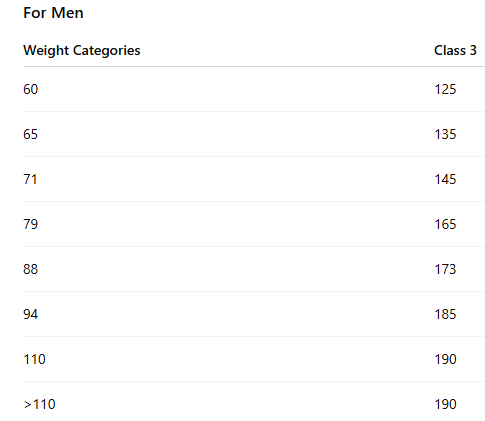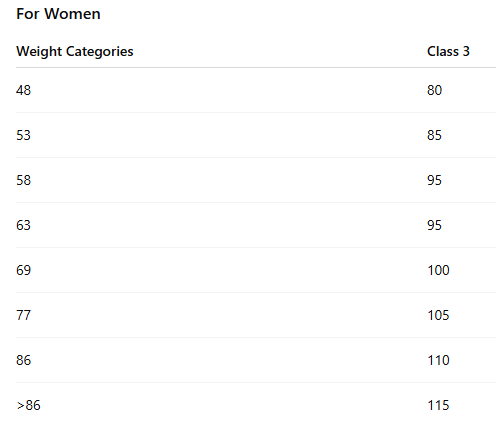Weightlifting
Welcome and thanks for visiting...

Optimal Squat Frequency for Weightlifters: How Often Should You Squat?

The Importance of Squatting in Weightlifting
Some concepts, like specific exercise frequency, can be bewildering to new athletes in our sport. I think that most experienced weightlifting coaches, athletes, and even fans can agree that the most demanding exercise for weightlifting training is squatting, either back or front. It can be considered the second most physiologically exhausting movement behind cleans, and this is probably a more cogent reason to include it in training beyond just the development of leg strength.
Squat-to-Clean Ratios: Key Benchmarks for Performance
It is fairly well understood that a maximum back squat should be equal to 131% of the maximum clean and that a front squat should be equal to 105% of clean as well. Anyone training to be a weightlifter should make a determined effort to improve the squat up to these levels.
Physiological Demands of Squatting
What is often overlooked, however, is that squatting places extreme demands on the physiology of the body due to the extreme stresses it places on such large percentages of the muscle mass. While it is obvious that the quads, hamstrings, and glutes perform the majority of the isotonic work, an extensive portion of the torso musculature is forced to perform isometric work during the entire time that the weight is supported by the athlete. Furthermore, because the motion is controlled, there is less chance for serious injury.
Beginner Squat Programming: Frequency and Class 3 Totals
Class 3 Totals
For athletes who perform at the Class 3 level or below, squatting must be programmed to reach the aforementioned 131% and 105% figures. Many beginners with prior experience in strength training will probably find themselves already at this level since the technique of the clean has yet to be mastered. Squatting at this time may be programmed 2 or 3 times per week.


Hormonal Stress and Recovery in Advanced Lifters
Once the squats are in the proper proportions to the clean, they then become vehicles by which the endocrine glands are largely over-stressed to the point where they cannot secrete sufficient quantities of the hormones necessary for recovery. They are therefore included in the programming for this purpose and not to raise leg strength.
Squat Frequency for Advanced Weightlifters
For advanced lifters, squatting may be programmed on a daily basis in order to overstress the endocrines. This may consist of 5 days of back squatting and 1 day of front squatting. They may be performed in separate sessions from the classic movements so as not to diminish leg strength for the cleans.
Squatting During the Pre-Competition Mesocycle
During the pre-competition mesocycle, advanced lifters will return to the three days per week regimen, consisting of one day of back squatting and one day of front squatting. In all squatting work, some loading must be performed at the 80% level as a minimum.
Squatting for Anaerobic Endurance
One of the often-overlooked yet critical goals of weightlifting training is the development of anaerobic endurance, the ability to sustain high-intensity efforts over short periods without relying on oxygen for energy. Squats, particularly when performed with moderate to heavy loads and intentionally reduced rest intervals between sets, serve as an excellent tool to build this capacity. By minimizing rest periods, athletes increase lactic acid buildup and force the body to adapt to high metabolic stress, thereby enhancing work capacity, muscular stamina, and overall recovery efficiency, all of which are essential for competitive performance.








